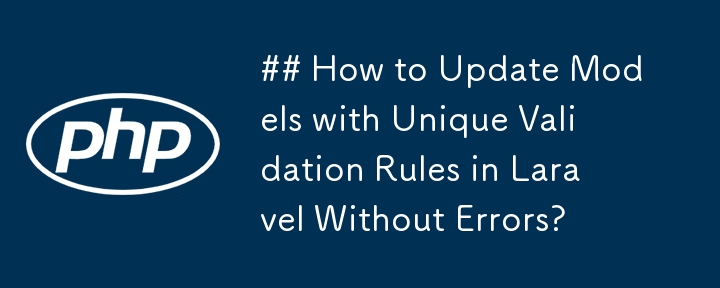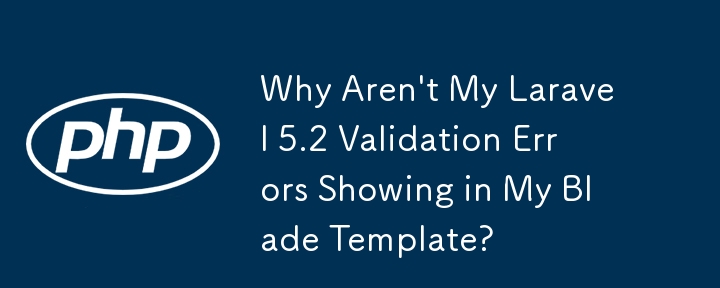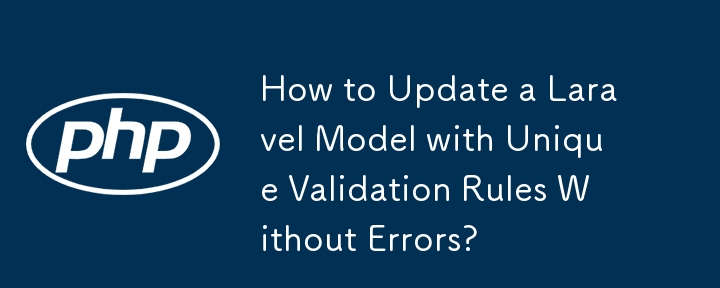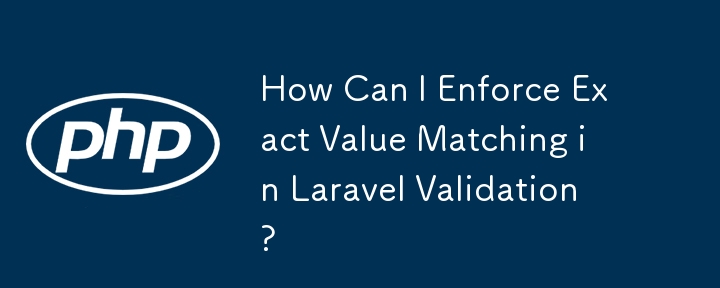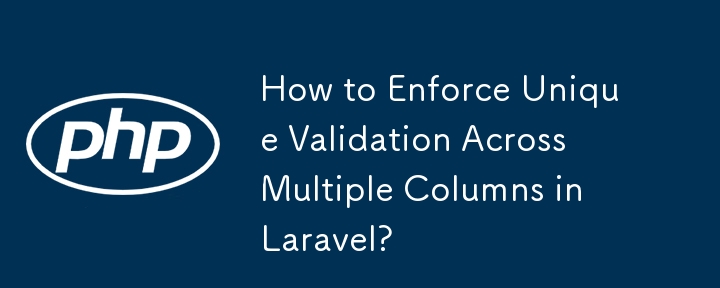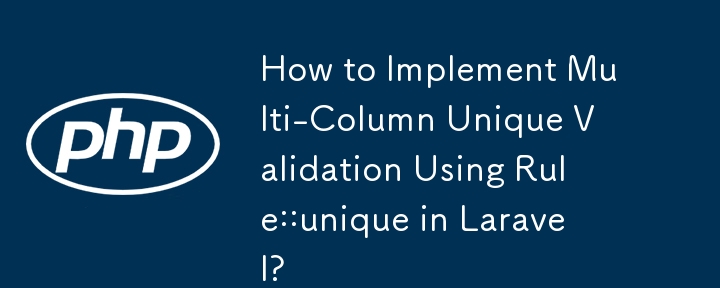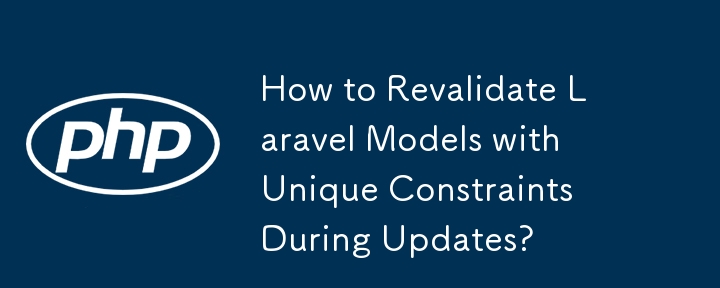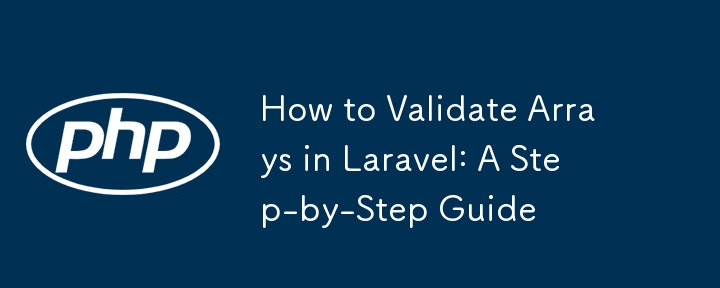Found a total of 10000 related content

How can I create and use custom validation rules in Laravel?
Article Introduction:The article discusses creating and using custom validation rules in Laravel, offering steps to define and implement them. It highlights benefits like reusability and specificity, and provides methods to extend Laravel's validation system.
2025-03-17
comment 0
559
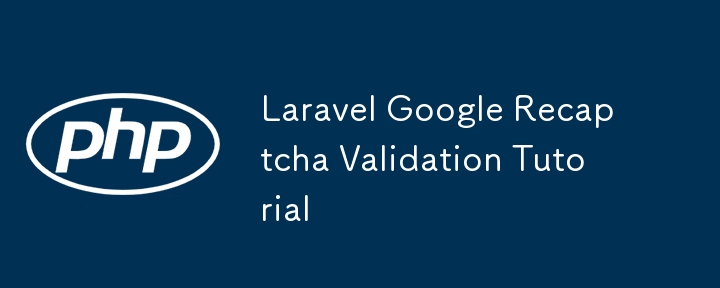
Laravel Google Recaptcha Validation Tutorial
Article Introduction:In this post, I will show you Laravel 11 Google Recaptcha V3 Validation Tutorial. Google reCAPTCHA v3 is a CAPTCHA-like system that provides security against hackers and scripts or cURL requests. It ensures that a computer user is human. It is the be
2024-11-05
comment 0
444
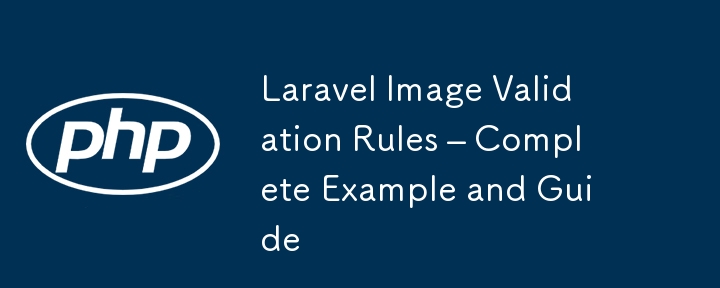
Laravel Image Validation Rules – Complete Example and Guide
Article Introduction:Discover how to implement image validation rules in Laravel 11 with this comprehensive example. Learn how to validate image uploads, set file size limits, file types, dimensions, and more. This step-by-step guide is perfect for developers looking to
2024-10-16
comment 0
455

Creating Custom Validation Rules in Laravel?
Article Introduction:There are four main ways to create custom validation rules in Laravel. First, use Rule objects to add complex conditions, such as combining database queries and ignore methods to achieve unique verification; second, encapsulate custom logic in form requests, and reuse and clear structure by rewriting rules() method; third, use closures to write instant rules, suitable for simple judgment scenarios; fourth, create custom rule classes to make the organization clearer and easier for testing and team collaboration. Developers should choose appropriate verification methods based on specific business scenarios to improve code maintainability and development efficiency.
2025-07-07
comment 0
443

Creating Custom Validation Rules in a Laravel Project
Article Introduction:There are three ways to add custom validation rules in Laravel: using closures, Rule classes, and form requests. 1. Use closures to be suitable for lightweight verification, such as preventing the user name "admin"; 2. Create Rule classes (such as ValidUsernameRule) to make complex logic clearer and maintainable; 3. Integrate multiple rules in form requests and centrally manage verification logic. At the same time, you can set prompts through custom messages methods or incoming error message arrays to improve flexibility and maintainability.
2025-07-04
comment 0
902

The ultimate guide to Laravel Validation
Article Introduction:Data verification is a key component of any web application. It helps prevent security vulnerabilities, data corruption, and various other problems that may arise when using user input.
This article will explore what data verification is and why it is so important. We will compare client-side verification with server-side verification and explain why client-side verification should not be relied on.
Then, we will introduce some convenient verification rules that I often use in my Laravel application. Finally, we will learn how to create our own validation rules and test them to make sure they work as expected.
What is data verification?
Data verification is a process of checking data validity before trying to use it. This can be a simple item to check for, for example, if there are required fields in the request, or
2025-03-06
comment 0
406

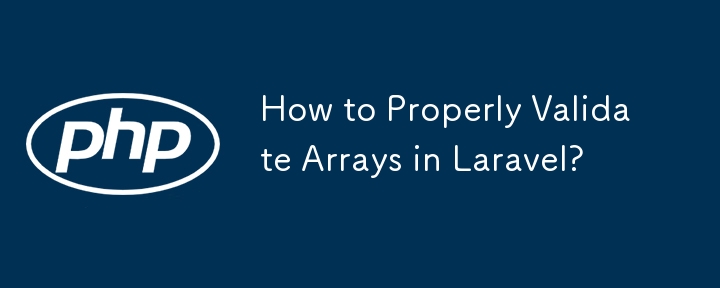
How to Properly Validate Arrays in Laravel?
Article Introduction:Array Validation in LaravelYou're encountering validation issues when dealing with array data in Laravel. When submitting an empty POST request,...
2024-11-25
comment 0
1060

Validating your data with Respect Validation
Article Introduction:This article introduces Respect Validation, a streamlined data validation package offering enhanced flexibility and simplicity compared to popular alternatives like Symfony, Laravel, and Zend validators. Let's explore its key features.
Key Advantag
2025-02-17
comment 0
1022
